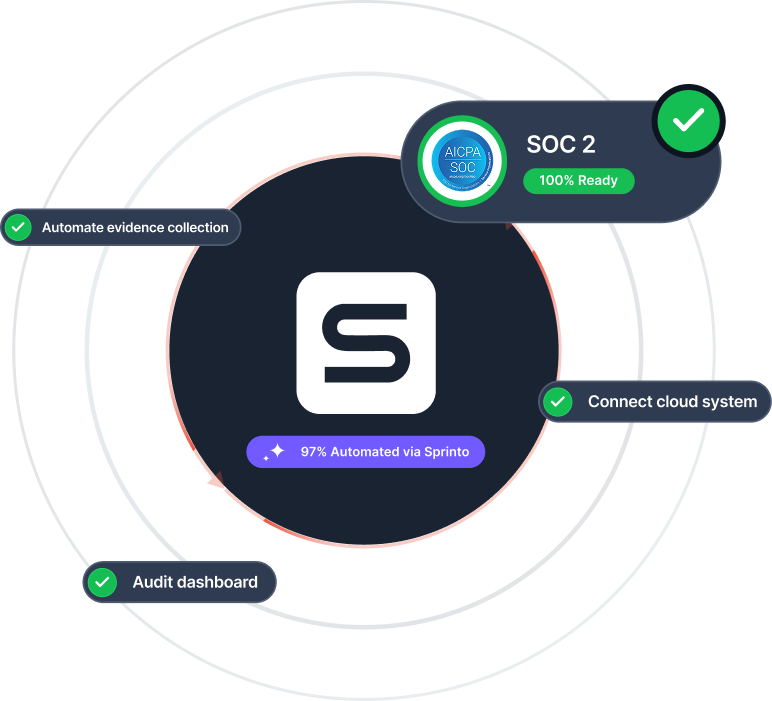Implementation of controls
Road to audit-readiness
Once you’ve scoped your system and identified gaps as per the SOC 2 Trust Service Criteria chosen, it’s time to implement the controls in place. In the Security TSC, you can expect a ballpark of 80 controls, depending on your infrastructure.
You’ll have to define policies, roll out tools, and embed security into everyday workflows. Here’s a table for the overview of SOC 2 controls:
Once the foundation is solid, move up:
– Configure monitoring tools, automate alerting, and implement encryption.
– Layer in more specific controls based on your selected TSCs – availability, privacy, and so on.
A lot of businesses prioritize the implementation of controls with factors like risk and ease of implementation. If it’s a high-risk, low-effort control, you do it first. If it’s a low-risk, high-effort control, you need to plan for later. The goal is to build a set of controls that actually fit how your business works and not just look good on paper.
You’ll have to define policies, roll out tools, and embed security into everyday workflows. Here’s a table for the overview of SOC 2 controls:
| Control Area | Description / Key Focus |
|---|---|
| Control Environment | Establishes integrity and ethical values; involves leadership oversight; accountability for internal controls. |
| Communication and Information | Ensures effective communication of security policies and incident reporting within the organization. |
| Risk Assessment | Identifies and assesses risks and vulnerabilities regularly to manage security threats. |
| Monitoring Activities | Ongoing evaluation of controls to detect deficiencies and security incidents promptly. |
| Control Activities | Implementation of controls, processes, and technologies to mitigate risks (e.g., encryption, intrusion detection). |
| Logical and Physical Access Controls | Restricts unauthorized access to systems, data, and physical locations through authentication, authorization, and physical security. |
| System Operations | Maintains system monitoring, logging, and recovery plans to ensure secure and continuous operation. |
| Change Management | Controls for authorization, testing, approval, and implementation of system changes to avoid introducing vulnerabilities. |
| Risk Mitigation | Manages risks from third parties and other sources through vendor risk management and other measures. |
– Configure monitoring tools, automate alerting, and implement encryption.
– Layer in more specific controls based on your selected TSCs – availability, privacy, and so on.
A lot of businesses prioritize the implementation of controls with factors like risk and ease of implementation. If it’s a high-risk, low-effort control, you do it first. If it’s a low-risk, high-effort control, you need to plan for later. The goal is to build a set of controls that actually fit how your business works and not just look good on paper.
SOC Frameworks Overview
SOC 2 Basics
SOC 2 Compliance Process
SOC 2 Compliance Process
Sprinto: Your ally for all things compliance, risk, governance

